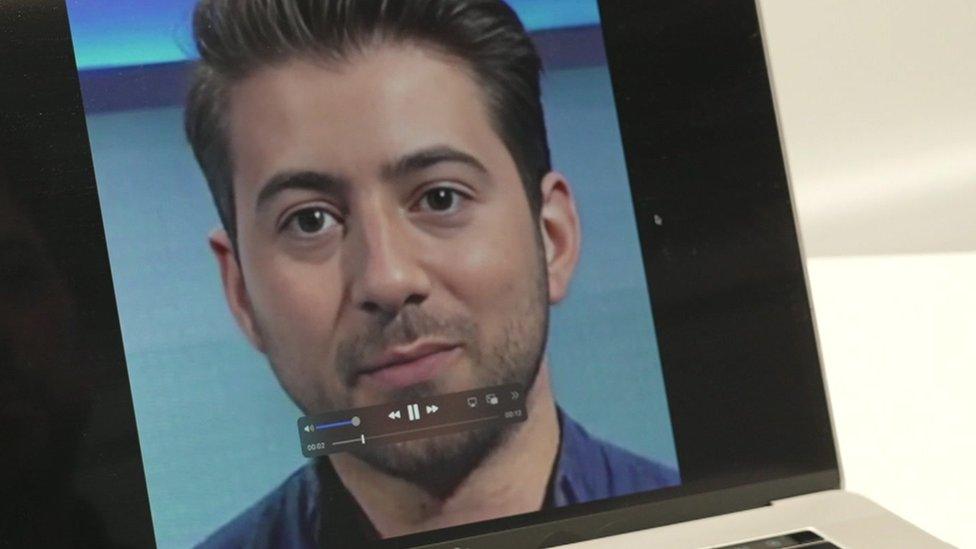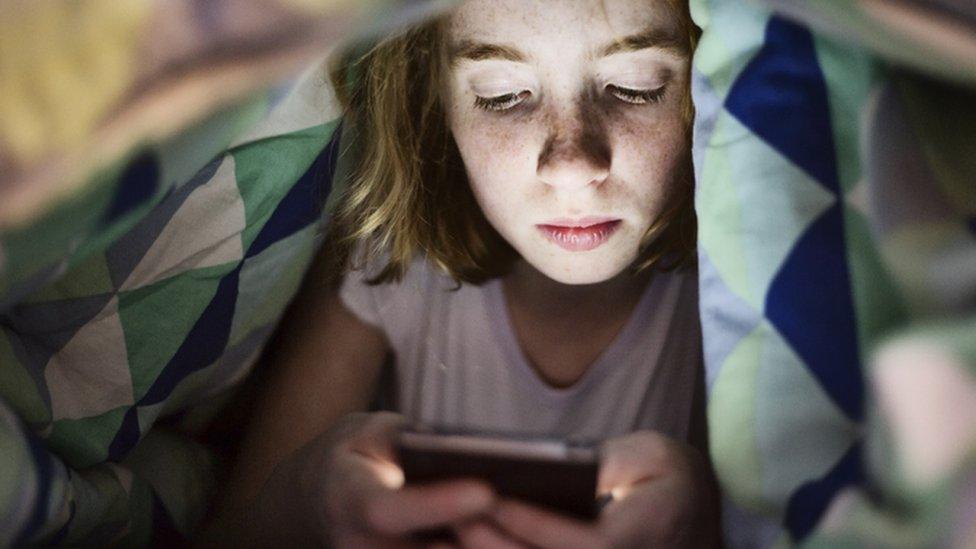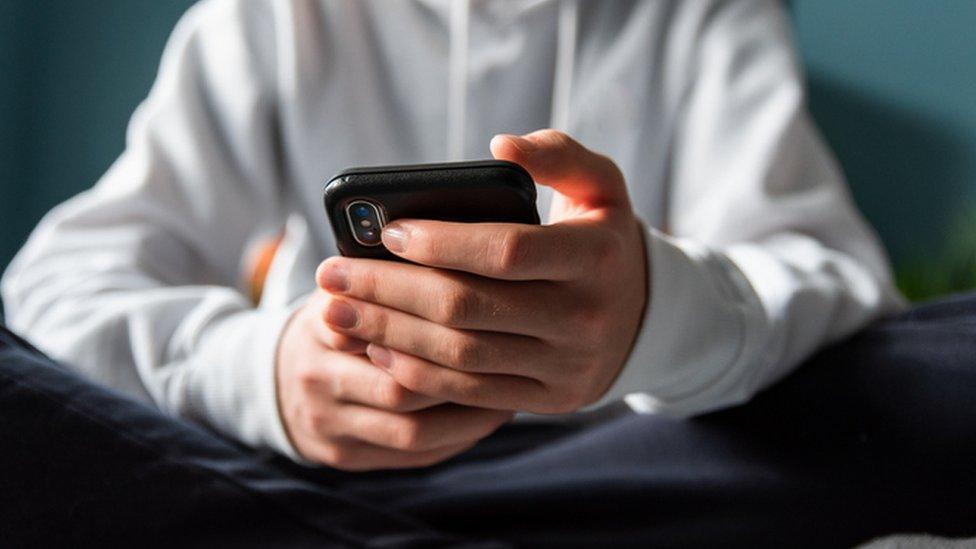Deepfake technology: What is it, how does it work, and what can it be used for?
- Published
- comments
Ricky went to investigate what a deepfake is, and what they are used for.
Newsround has been investigating what a deepfake is, and what they are used for.
Deepfakes are videos, picture or audio clips made with artificial intelligence to look real.
They can be used for fun, or even for scientific research, but sometimes they're used to impersonate people like politicians or world leaders, in order to deliberately mislead people.
Keep reading to find out more, and get some top tips on how to work out if something is real, or not.
How do deepfakes work?
Using artificial intelligence, deepfakes can mimic a person's voice and facial features. The technology uses an audio recording of someone's voice to make it say things that the person might never have said.
It can mimic someone's facial movements from videos of them, or even just a picture of their face.

What do you think of AI Ricky? Researchers at the University of Southampton produced a video of him speaking by just using clips of his voice and a picture of his face
A lot of deepfake videos or pictures can look very strange, so they can be easy to spot as imitations. However, sometimes they can look quite realistic, and the technology that people use to make them is improving constantly.
Sometimes they can also be used for fun - you might have seen some AI-generated videos that you laugh about with your friends.

Disinformation experts recommend that if you see something that looks unusual or seems untrue on the internet, it's important to question it
When can deepfakes be helpful?
Researchers at the University of Southampton say that the technology can be used to help people hear their own voice again, if they are no longer able to speak - often because of a medical condition or treatment for one.
Deepfakes are another form of artificial intelligence, which can be used in many helpful ways - check out how scientists are using it to search for life in the universe.
Why can deepfakes be dangerous?

AI-produced videos could be used to purposely make people believe something that isn't true
Deepfakes can be used to spread disinformation. This is a word people use to describe false information that's spread around on purpose.
If a deepfake video shows a famous person, or a politician, saying something that they never said, it could mislead people. It could change how people vote, and make important decisions.
Because they can be quite realistic, it can sometimes be very difficult to tell if a video is real or not, especially if you're not sure what you're looking for.
How to spot a deepfake
BBC disinformation expert Marianna Spring gives her top tips for spotting a deep fake
Ricky spoke to BBC disinformation expert Marianna Spring. It's her job to hunt down misinformation, and work out what's right, and what's wrong.
1. Features - Take a closer look at the person's fingers and face in the video. Do their eyes look like they do in other pictures? Have they got the right number of fingers?
2. Fact-check - When are people claiming that this picture or video was taken? Does the weather match up with the day, or the location?
3. Movement - Does the person look like they're moving like a cartoon, rather than a real person? Do they sound a bit like a robot rather than a person?
Remember to question the things you seen on the internet - particularly if you think they look a bit strange or unusual. Try and consider Marianna's top tips, and think why a person might be posting a certain video or picture.
